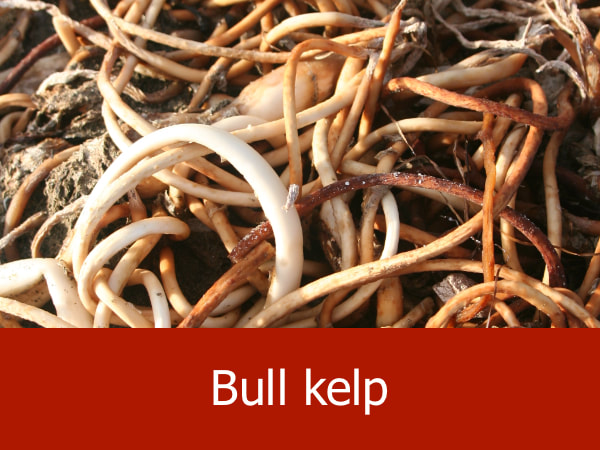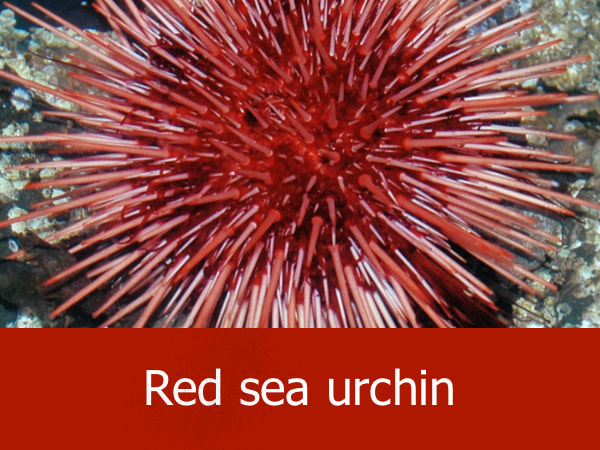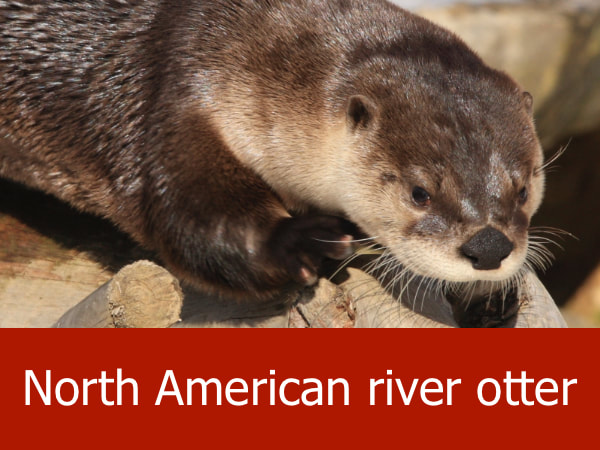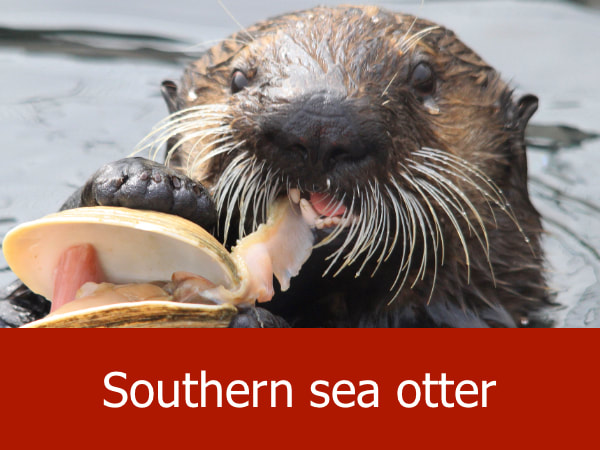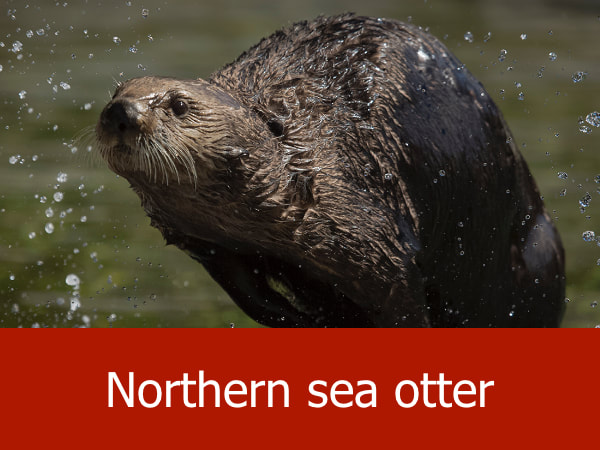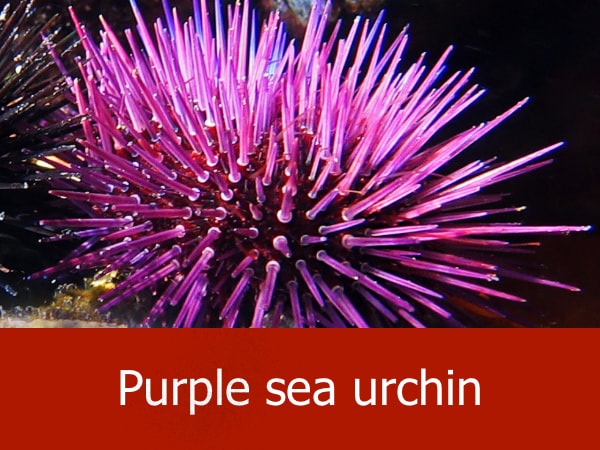ECOSYSTEMS > COASTAL WATERS > KELP FORESTS
In 1901, the Oregon kelp forests were facing a disaster, though probably no Oregonian at the time had any idea why or how this could be. In that year, the last known sea otter in the state was killed on a beach just outside Newport.
In 1901, the Oregon kelp forests were facing a disaster, though probably no Oregonian at the time had any idea why or how this could be. In that year, the last known sea otter in the state was killed on a beach just outside Newport.
Otters and the Health of Kelp Forests:
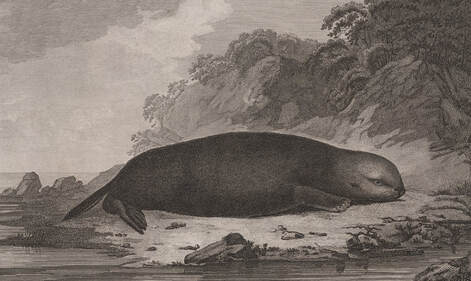 British Explorer Captain James Cook saw sea otter everywhere during his Pacific Northwest expedition in 1778.
British Explorer Captain James Cook saw sea otter everywhere during his Pacific Northwest expedition in 1778.
In nature, nothing lives in isolation. Life is interdependent and when one species is removed from an ecosystem this change will result in others. So it was with the sea otters and the expansive kelp beds where they hunted for one of their favorite foods, the sea urchin, a species which in turn fed on kelp.
Once the otters were hunted to extinction in Oregon (the result of a lucrative trade in their thick, luxurious pelts), there were no natural controls for the urchin population. As the urchins increased in number, devouring more and more kelp, the offshore forests began to shrink rapidly. These deforested areas are now called “urchin barrens.”
The otters played a particularly unique role in the kelp forests ecosystem — they were a keystone species, or a species whose impact on their environment is particularly large and meaningful. If the sea otter ever returns to the Oregon Coast, it’s likely that this environmental balance would be restored and the kelp forests would become healthier in the process. Unfortunately, attempts by biologists to reintroduce the otter into Oregon have failed thus far. But there’s hope that existing populations in northern California may expand their range back into Oregon waters as legal protections and habitat restoration make it easier for the otter to thrive.
Although the sea otter is officially gone from Oregon, its cousin the North America river otter can still be found throughout the state. Although the river otter can be found mostly in fresh water, it will sometimes swim offshore as well. Although no longer targeted by trappers (the practice is now illegal), both otter species are still threatened by habitat destruction and water-borne pollution.
Related Features: Conservation Projects
Once the otters were hunted to extinction in Oregon (the result of a lucrative trade in their thick, luxurious pelts), there were no natural controls for the urchin population. As the urchins increased in number, devouring more and more kelp, the offshore forests began to shrink rapidly. These deforested areas are now called “urchin barrens.”
The otters played a particularly unique role in the kelp forests ecosystem — they were a keystone species, or a species whose impact on their environment is particularly large and meaningful. If the sea otter ever returns to the Oregon Coast, it’s likely that this environmental balance would be restored and the kelp forests would become healthier in the process. Unfortunately, attempts by biologists to reintroduce the otter into Oregon have failed thus far. But there’s hope that existing populations in northern California may expand their range back into Oregon waters as legal protections and habitat restoration make it easier for the otter to thrive.
Although the sea otter is officially gone from Oregon, its cousin the North America river otter can still be found throughout the state. Although the river otter can be found mostly in fresh water, it will sometimes swim offshore as well. Although no longer targeted by trappers (the practice is now illegal), both otter species are still threatened by habitat destruction and water-borne pollution.
Related Features: Conservation Projects



